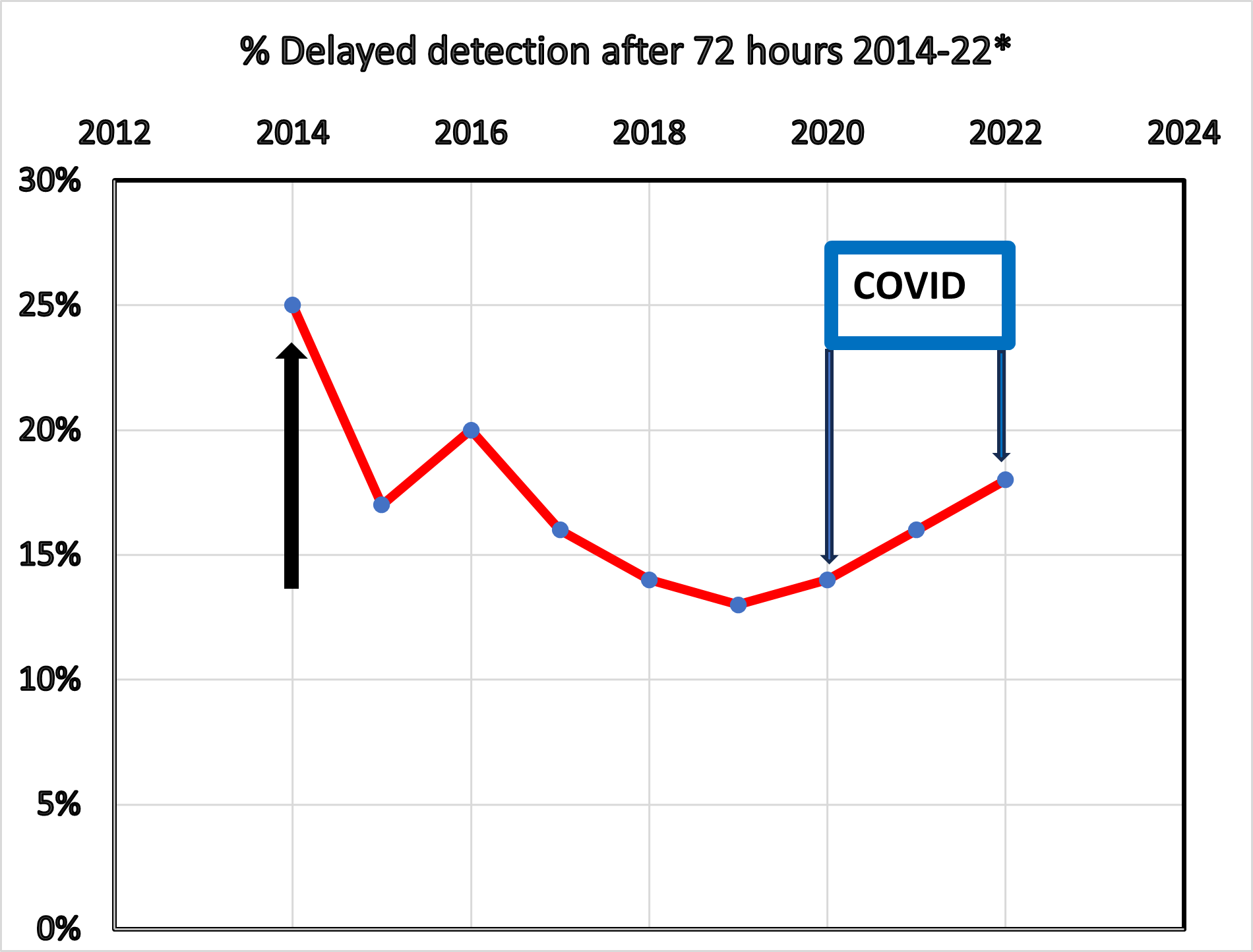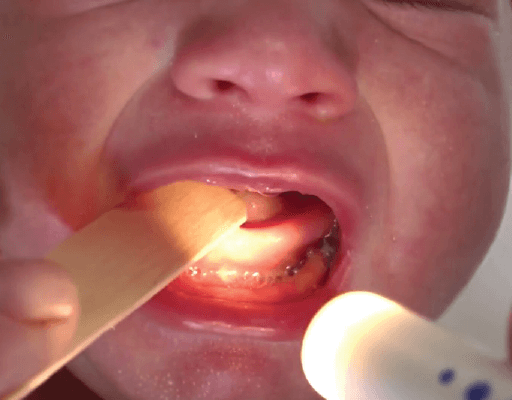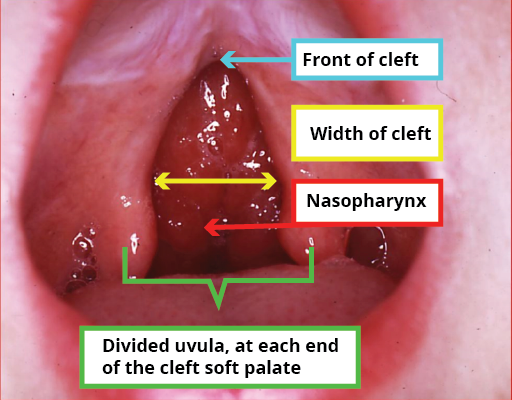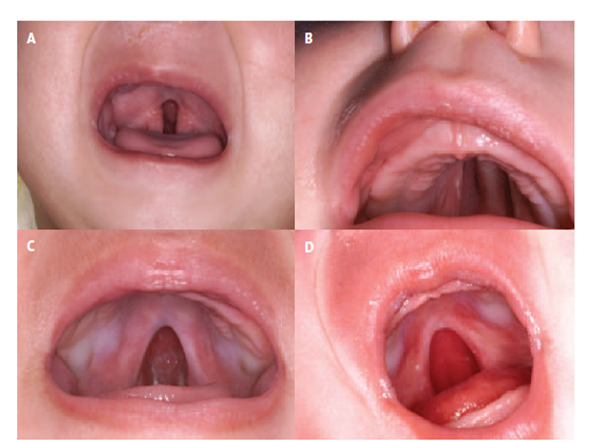Learning objectives
1) To understand the prevalence, improve early detection of cleft palate, its impact on patients and family. 2) To incorporate the best practice recommendations into personal practice when examining the newborn
Prevalence
|
HOT TIP: Half of Cleft Palate Only have an additional abnormality, a signal to look carefully for others.
|
| Delayed detection is a problem
When the Best Practice Guidelines for Newborn Palate Examination were introduced in 2014, rates of delayed detection had not changed for 10 years. |
2014: 25% were not detected within 72 hrs, the age limit for completion of the UK Newborn Infant Physical Examination (NIPE) guideline.
2019: Within 5 years the rate had fallen to 13%
2020-2022: During COVID the improvement was not maintained.

HOT TIP: Delayed detection is significant, leading to:
|
HOT TIP: Red Flag symptoms
|
| HOT TIP: Visualisation is the gold standard method of examination: A normal palate is completely intact and a single uvula hangs down in the midline
It is important to familiarise yourself with what a normal palate looks like and what a cleft palate looks like. |

| HOT TIP: The optimal examination technique is using a tongue depressor and flash light. The uvula is clearly seen at the tip of the wooden spatula
Clefts of the palate extend forward in the midline from the back of the palate where the muscles of the soft palate have failed to join. This shows a cleft of the soft palate extending into the hard palate. |


Looking at and handling models of normal and cleft palates helps understanding:
Life size silicone models of the palate (A) Four normal (B) Three sizes of cleft


In the UK cleft lip and palate occurs in 1 in 650 births. Half have a cleft palate only (CPO), without cleft lip.
HOT TIP:
Half of Cleft Palate Only have an additional abnormality, a signal to look carefully for others.
And vice versa, always check the palate when an abnormality is present.
When the Best Practice Guidelines for Newborn Palate Examination were introduced in 2014, rates of delayed detection had not changed for 10 years.
- 2014: 25% were not detected within 72 hrs, the age limit for completion of the UK Newborn Infant Physical Examination (NIPE) guideline.
- 2019: Within 5 years the rate had fallen to 13%
- 2020-22: During COVID the improvement was not maintained.


Prevalence
- In the UK cleft lip and palate occurs in 1 in 650 births. Half have a cleft palate only (CPO), without cleft lip.
HOT TIP: Half of Cleft Palate Only have an additional abnormality, a signal to look carefully for others.
- And vice versa, always check the palate when an abnormality is present.
Delayed detection is a problem
When the Best Practice Guidelines for Newborn Palate Examination were introduced in 2014, rates of delayed detection had not changed for 10 years.
- 2014: 25% were not detected within 72 hrs, the age limit for completion of the UK Newborn Infant Physical Examination (NIPE) guideline.
- 2019: Within 5 years the rate had fallen to 13%
- 2020-22: During COVID the improvement was not maintained.
Found an issue? Please get in touch with us:
Email us at rcpchlearning@rcpch.ac.uk